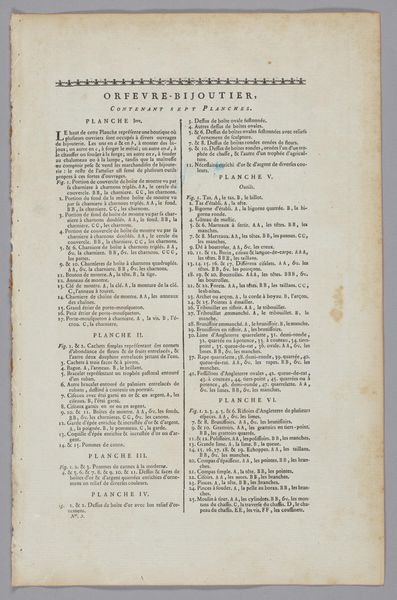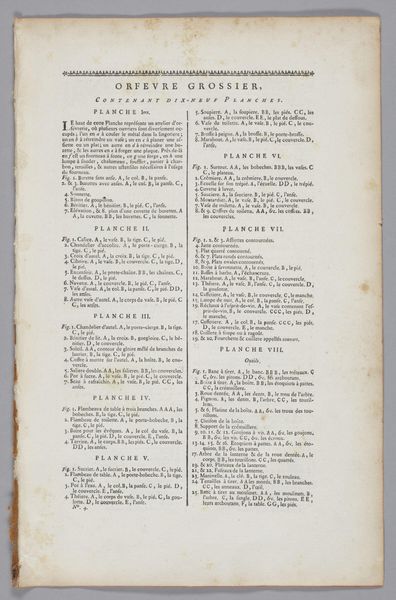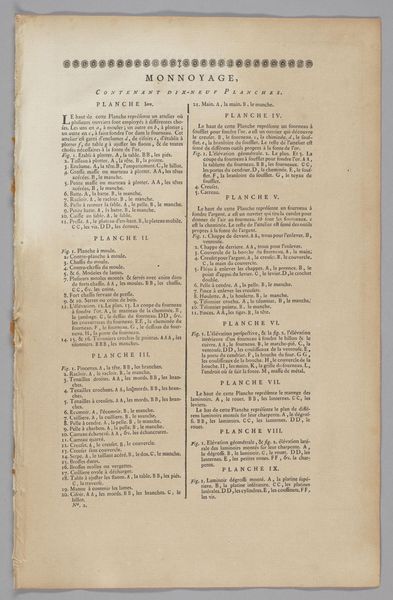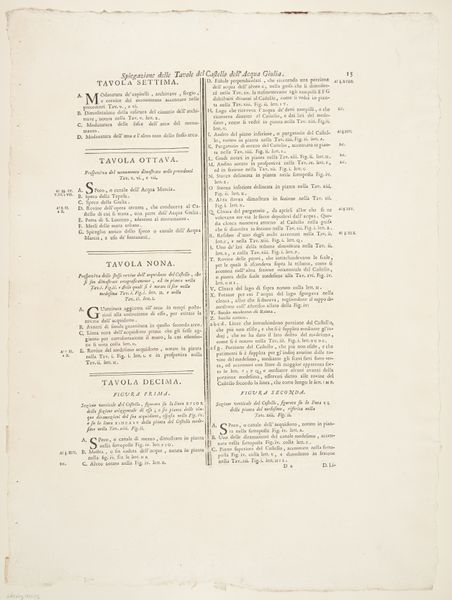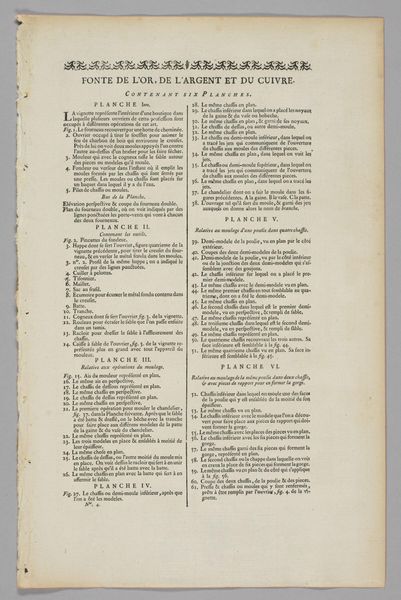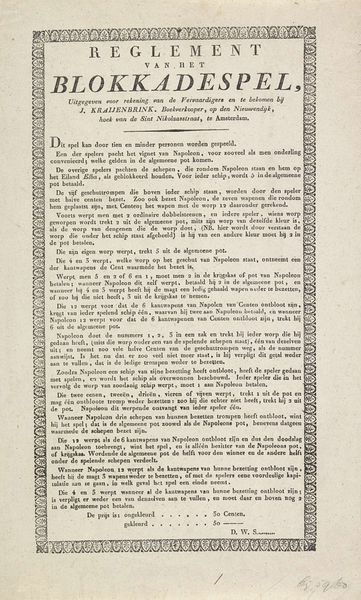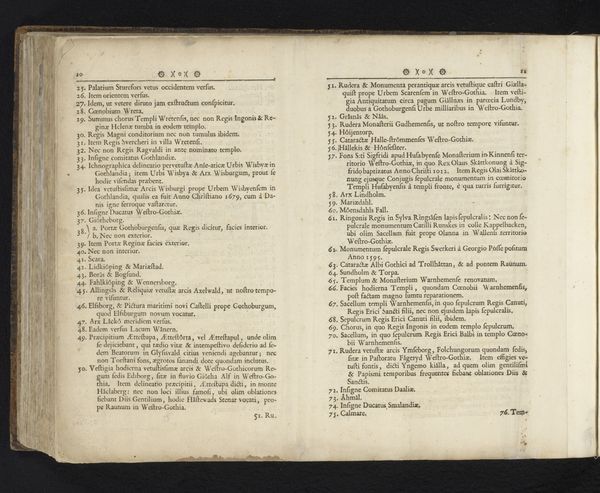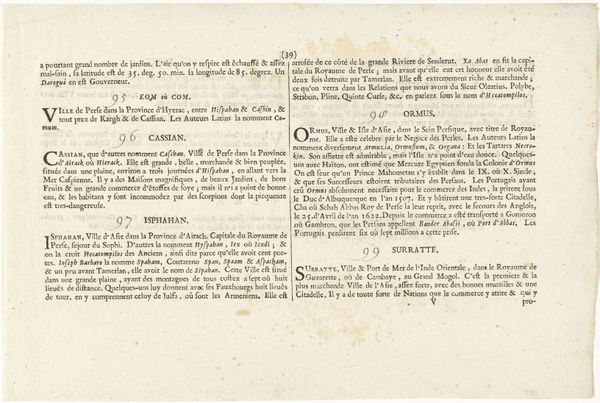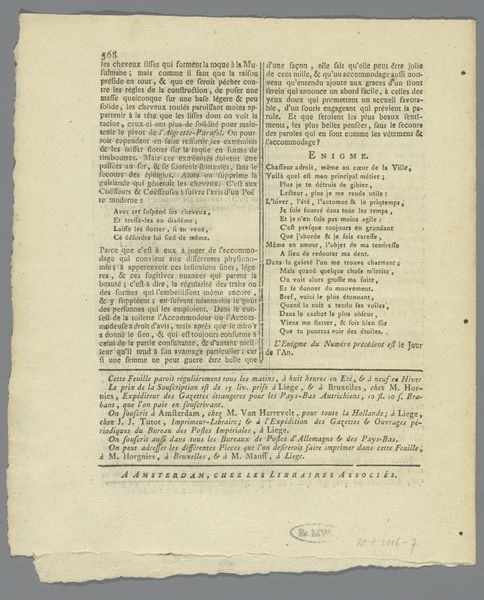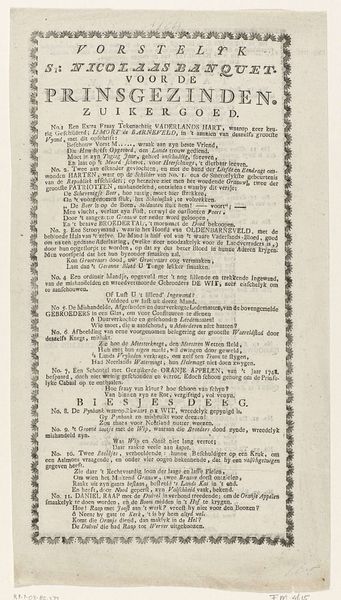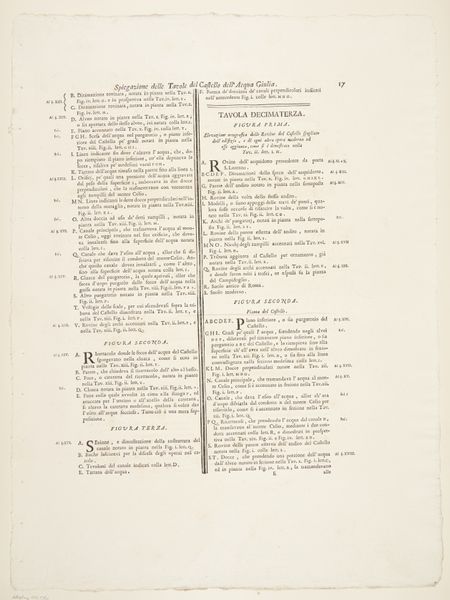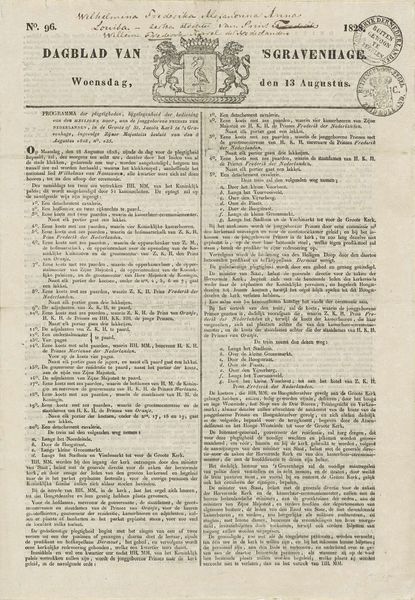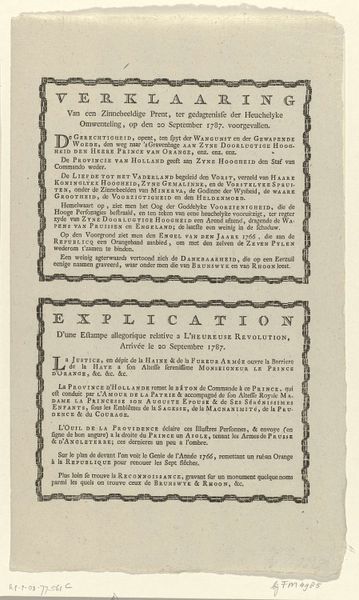
print, textile, typography, poster
#
dutch-golden-age
# print
#
textile
#
typography
#
decorative-art
#
poster
Dimensions: height 334 mm, width 208 mm
Copyright: Rijks Museum: Open Domain
Curator: What an intriguing find! We’re looking at an item from 1816 entitled “Spelregels bij het Werspel: De Tempel van het Geluk,” or translated, "Rules for the Dice Game: The Temple of Happiness," published in Amsterdam by H. Moolenzyer. Editor: At first glance, it's like a board game laid out as a poster! The text is dense and formal but has an underlying playfulness. It is evocative of both the 19th century but feels distinctly *of* a different time. Curator: Absolutely. It's a "werp-spel," a dice game. These were popular forms of entertainment and rudimentary gambling during the 18th and early 19th centuries, and this broadside dictates the rules of play. You can see the numbered instructions dictating actions based on dice rolls. Editor: What strikes me are the game’s moralistic components. There are actions connected to virtues and vices, stations of tolerance or celebration in society, with destinations like ‘The Temple of Happiness.' It’s less about chance than a pedagogical device dressed up as fun, guiding players toward righteous conduct. It presents a worldview of prescribed actions. Curator: Indeed. The language, though formal, suggests a societal framework emphasizing diligence and adherence to norms for attaining contentment. Consider actions impacting debts and how turns proceed. The design uses typography almost calligraphically; this piece merges decorative art with clear instructional purpose, aiming for a broad audience through accessible visuals. Editor: It reflects its specific time, emphasizing morality but wrapped within popular leisure activity. I wonder about access. Who had the resources and leisure to play games and ponder virtues through allegory and abstraction? I also question this purported link between set rules, morals and happiness itself; is it an accessible and just model? Curator: Those are essential questions. Considering it as a commercially available broadside reveals its potential outreach—its purpose likely lay in guiding behaviors through engaging recreational frameworks. Though a ‘temple of happiness’ implies fixed structures and limited movement, it also indicates an intriguing insight into early 19th-century ethics. Editor: Ultimately, studying how societies envisioned and encouraged moral practices can deeply inform us on contemporary ideals—recognizing constraints, but hopefully forging better paths forward. Curator: Exactly. Viewing art through lenses beyond aesthetics truly enables enriched, thought-provoking engagements with these objects.
Comments
No comments
Be the first to comment and join the conversation on the ultimate creative platform.
